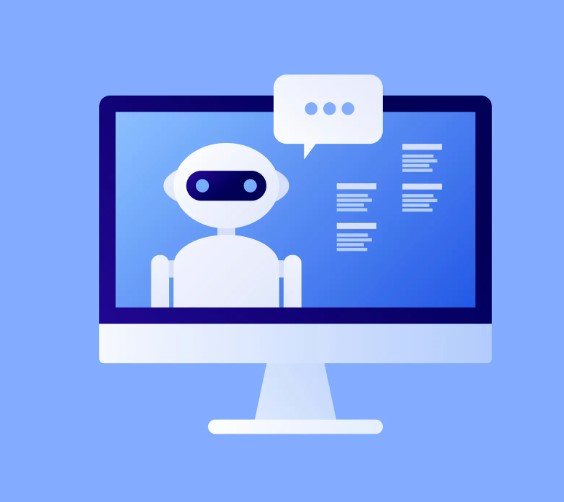Microsoft just took a big step toward making websites smarter and chattier. At its Build 2025 developer event, the tech giant unveiled NLWeb, a fresh open-source framework aimed at weaving conversational AI right into websites with barely any coding hassle. This move promises to reshape how users engage with sites — by shifting away from clicks and taps, and leaning into natural, back-and-forth conversations with both humans and AI bots.
In a nutshell, NLWeb creates a smooth channel for websites to understand and respond to users’ natural language questions. Imagine typing or asking your favorite online store something like, “Show me business casual clothes under $50,” and having the website instantly understand and fetch exactly that. No more hunting through endless menus or awkward filters. That’s the kind of magic NLWeb aims to deliver, making web browsing feel more human and less robotic.
A New Way for Websites to Chat, Not Just Display
Forget the old school web experience where clicking buttons or scrolling menus was the only way to get around. NLWeb flips that on its head by letting sites converse. But it’s not just about making things sound friendly; it’s about websites being able to talk back, both to people and to AI agents.
What makes NLWeb stand out is that it doesn’t reinvent the wheel — it builds on solid existing web tech like Schema.org and RSS feeds. These tools give websites a way to organize their data neatly, and NLWeb uses this structure to make sense of what users say. So, when someone asks a question, NLWeb can parse it, search the right parts of the site’s content, and respond naturally.

This is a pretty big deal because it means websites are no longer just passive pages but become active participants in conversations. And with AI assistants and chatbots becoming more common in everyday apps, having a standard way for sites to interact conversationally could push the internet into a whole new era.
Developer-Friendly and Vendor-Neutral
One of the slickest parts about NLWeb is that it plays nice with a bunch of AI models and databases. Microsoft didn’t want to trap developers into using just one AI provider, so NLWeb is built to work with multiple popular options. Whether a developer prefers OpenAI’s GPT, Anthropic’s Claude, Google’s Gemini, or others, NLWeb can hook into them all.
Similarly, the system supports a range of vector databases — these are specialized tools that help AI understand the meaning behind words and find relevant info fast. Names like Qdrant, Milvus, and Snowflake popped up in Microsoft’s announcements, showing that NLWeb is flexible enough to fit into different tech stacks.
This flexibility is important because it means companies don’t have to overhaul their existing setups to add conversational AI. Instead, they can plug NLWeb in and start chatting with users pretty quickly.
Real-World Use Cases That Feel Right Now
This isn’t just a futuristic idea; businesses can actually start using NLWeb to make their sites way easier to use. Picture online retail, where instead of scrolling endlessly or guessing which filter to click, you just tell the site exactly what you want. The site’s AI understands the nuances — maybe you want eco-friendly sneakers or business casual shirts under a specific price.
Or think about a news website where you ask for the latest headlines on climate change and get a conversational summary, not just a list of links. NLWeb’s natural language handling could make these interactions smoother and more intuitive.
The best part? This approach lowers the barrier for website owners to offer sophisticated AI features. No need for a full AI team or huge investments in custom software. Just plug in NLWeb, connect to an AI model, and voilà — your website talks back.
How NLWeb Fits Into the Bigger AI Picture
NLWeb arrives at a moment when conversational AI is everywhere. We’ve got chatbots answering customer service questions, smart assistants helping us schedule meetings, and even AI tools generating images and text on demand. Yet, the web itself hasn’t quite caught up with the chat revolution.
Google’s Gemini models and Meta’s AI work in similar spaces but focus more on behind-the-scenes AI or hardware. Microsoft’s NLWeb tries to bring conversational AI right into the core web experience, making websites themselves active AI players.
It also hints at a future where websites don’t just show static info but dynamically interact based on what you say or ask. This could change everything — from e-commerce and news to education and entertainment.
Still, questions remain about adoption rates, security, and how users will react to talking websites. Will people trust AI on their favorite sites? Will developers jump on board quickly? Those are puzzles for the next few years.








